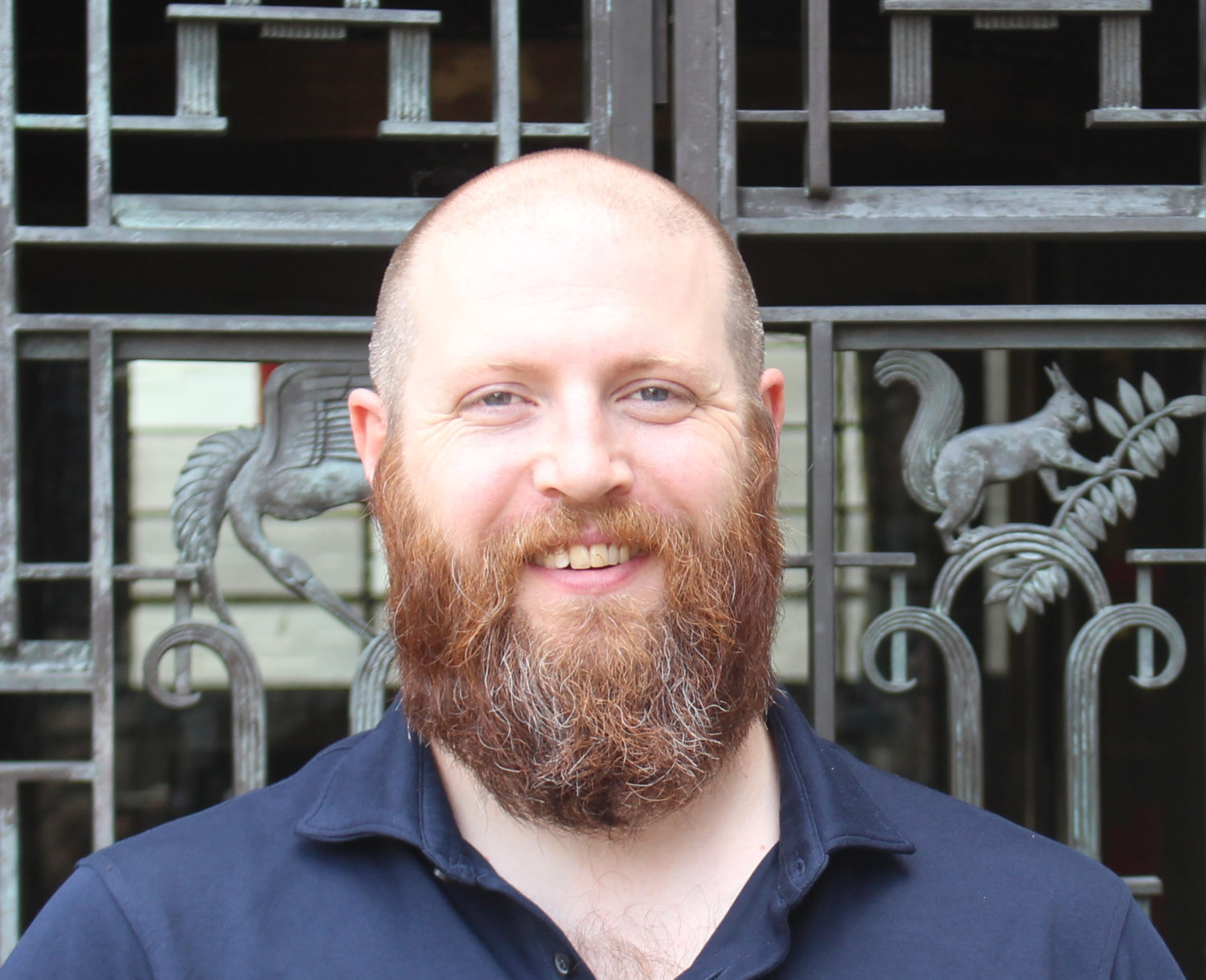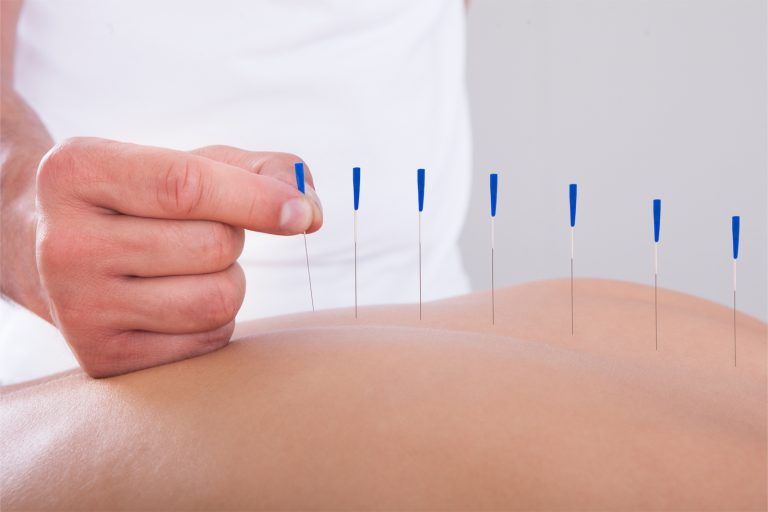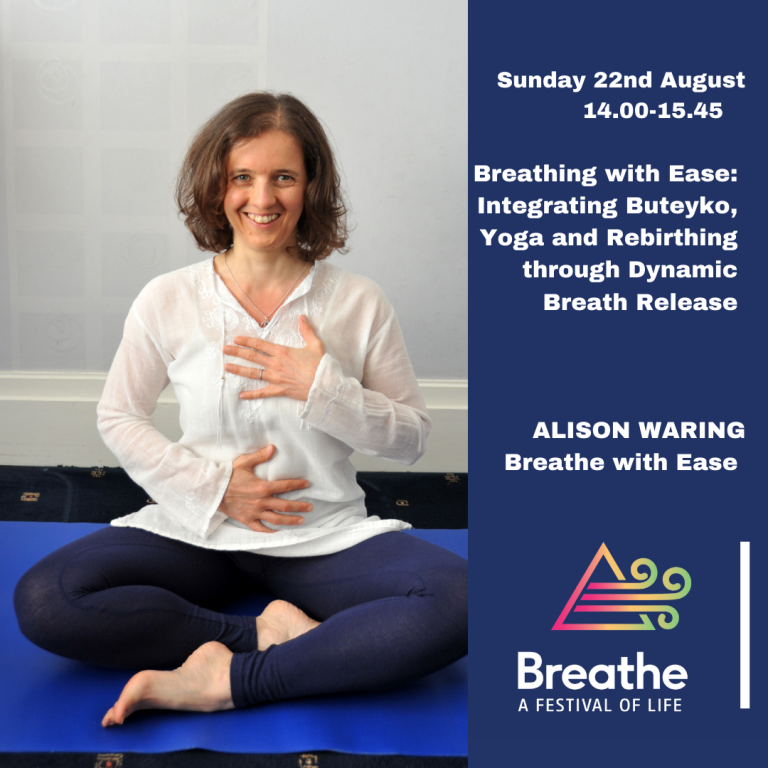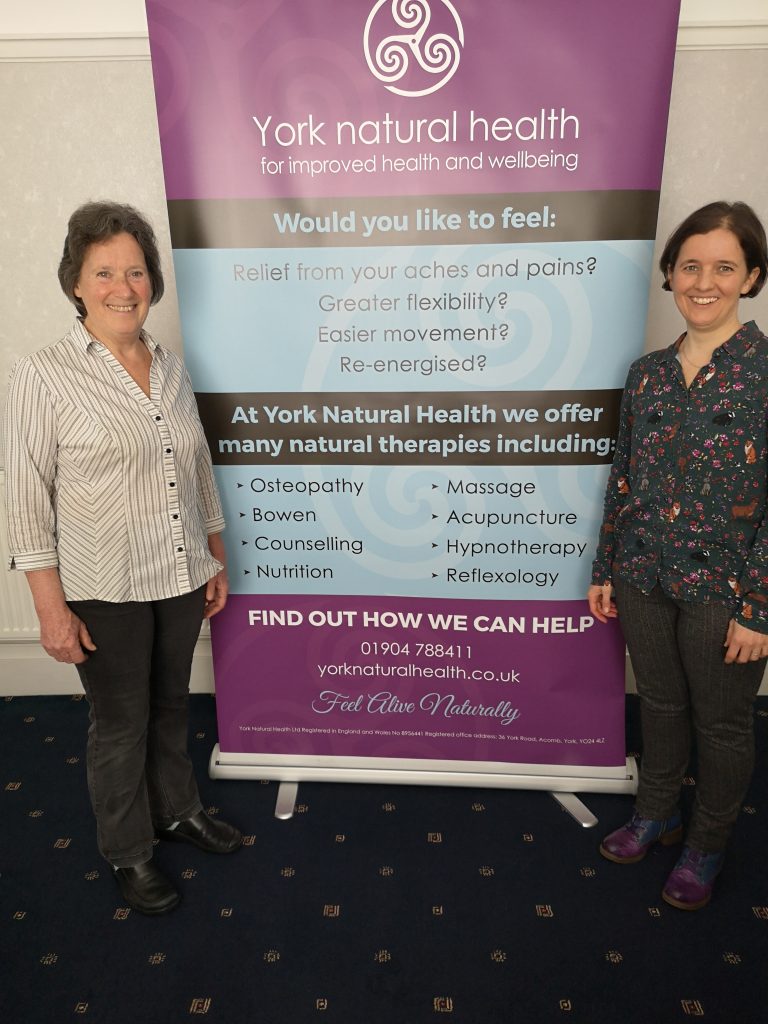Breathing… its easy right? Everyone does it all day every
day, how can I possibly need any help with breathing, I hear you say.
Very few people actually successfully manage to take a deep
diaphragmatic breath when asked to. My aim is to breathe health and life back
into how people connect with their bodies. It is the basis of all good health,
it is the vital physiological process that allows oxygen into our systems. It
is a direct way in which we can influence our own wellbeing. This is breathing for life.
I like to separate the process of breath into two components:
Primary and accessory breath.
Primary Breathing mechanics are that of diaphragmatic
expansion…(a bit of anatomy for you) The diaphragm is a large muscle that
connect from the xyphoid process at the base of the sternum all the way around
the costal margin (ends of your ribs) down into your lumbar spine at L2
crossing and attaching to several large postural muscles, namely QL and Psoas
Major. This large muscle figuratively
cuts you in half!
When you inhale your Diaphragm should descend pressing on all
of your visceral organs of the abdomen and distending your belly….or in
easier words making your stomach push out!
Have you ever watched a baby breathe, or if you have young
children have you noticed how when they breathe the movement is all in the
stomach? (they really are the best teachers) They are getting it right at this
stage of their life because its all instinct, at that age and they have not yet
stepped into the realms of self-awareness or societal vanity (this is a subject
for another time).
This primary breathing gives us the best access to our full
capacity and efficiency, due to the position of our lungs and the limitations
of rib expansion.
Which brings me onto accessory breathing mechanics… Accessory
breathing mechanics are hard work, they are there as a function for several
reasons, but they are not anywhere near as efficient. It takes a large amount of effort to expand
the ribcage, lots of muscles all working hard to generate a combined expansion
which in actuality only generates at best 10-15% more capacity or space for
lung expansion. It is a limited process,
it has drawbacks and knock on effects on other systems which diminish the
overall systemic health of the individual.
This means breathing inefficiently for prolonged periods of time
directly changes your health.
Just to give you an idea of the level of effort required for
accessory breath. There are 18 pairs for muscles that help to elevate the
ribcage thats 36 muscles and some of these are pretty big, like Trapezius and
Pectoralis Major. For primary breathing…..it’s only really 1 (yes the
intercostal musculature is going to be involved to a lesser extent but it’s not
really a contracting muscle so I’m going to argue that it’s just the diaphragm)
That is a massive difference. The stress
that this puts into your body when you use accessory breath all the time, can
lead to some very interesting patterns of discomfort and dis-ease (I separated
that last word for good reason).
So how can we get more people breathing well? Catch them when they are young I say! Education and practice, allowing the natural
responsive breathing of children to stay into adulthood. Allowing the function
and the biomechanics to do the work for them.
For us adults, it starts with awareness.
Teaching people how to breathe, being able to relax and let
the body do what it evolved to do and teaching that is a difficult area to master.
Alexander technique gives us a great position to explore our
own breathing mechanics and limitations.
Laying on your back on the floor with a book under your head and your
feet up on a chair to flatten the Lumbar spine is a perfect place to start. Feel the base of your spine on the floor and
then relax your belly, allowing the breath to fill the stomach and abdominal
cavity should be effortless, you are not pushing out your stomach and you don’t
need to muscularly exhale firmly, in this position it should be without effort
and the breathing should fall into a natural rhythm. Practice this for 20 minutes a day will set you up with improved energy and vitality. If you are struggling to release tension…find out how Tom can help.
Tom Fackrell provides osteopathic consultations and can provide a focus on improved breathing mechanics as well as much more….







